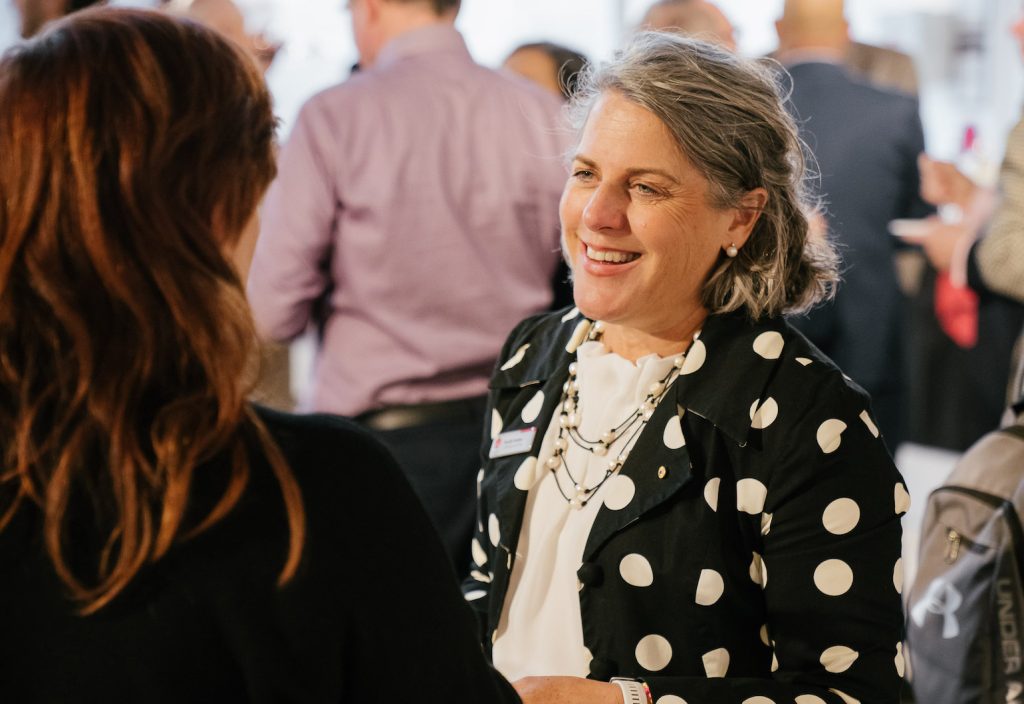On International Women’s Day Romilly Madew AO, CEO of Engineers Australia, reflects on why the current lack of gender diversity in Australian engineering creates a less favourable outcome for every one of us.
On International Women’s Day we must reflect on a crisis in Australian engineering driven by the massive gender imbalance and how it affects every community.
Consider that engineers really do make life happen. They touch every corner of your life.
From the water you drink to your ability to keep the lights on, and from the highway you travel down to the car you’re driving – the infrastructure, systems, products and processes have all been designed and developed by engineers.
At the same time, there have been so many excellent research reports highlighting the importance of diversity in everything we do. That includes diversity of thinking, of gender, culture, race, sexual orientation, age, faith, ability and more. It is diversity that produces the very best results for all stakeholders.
Yet in Australia, we’re suffering a severe lack of diversity in engineering because, as Engineers Australia’s Women In Engineering report highlighted, just 14 per cent of working engineers in Australia are women. If we look down the pipeline, things don’t improve – of our engineering graduates, just 17 per cent are female.
This is at a time when there has been a 22 per cent increase in engineering vacancies over the past 12 months. There are not enough engineers to meet the demands of current projects.
The lack of gender diversity in engineering affects everybody. But when we #embraceequity, there will be enormous benefits for all.
What’s the cause of the problem?
At Engineers Australia, we’ve put time and effort into understanding the root causes of the uniquely Australian gender imbalance in our sector.
To achieve the richness of thought that diversity will bring, we need to remove the roadblocks that stop women from entering, or remaining in, the profession.
The biggest problem comes at the age when young women are considering their future careers. Unless they personally know an engineer, they simply don’t consider it an option.
There is also a perception that engineering is all about hard hats and hi-vis. That’s partnered with a lack of understanding of the breadth of the profession, from chemical and aeronautical to electrical, environmental and heritage engineering.
Many young women believe they have to be top-of-the-class at maths and physics to become an engineer. This is not the case, they simply need to do those subjects, to have a general understanding.
Finally, engineering is seen as male-dominated, which adds to the challenge.
Engineering a new future
When we have a lack of women in a powerfully influential profession, one that shapes society, we’re losing the opportunity to highlight female role models. You can’t be what you can’t see.
So, what are we doing about it?
At Engineers Australia we are committed to moving the dial on gender equity. Our CEO and Chief Engineer are female.
We’re a member of the Champions of Change STEM Group, which has as its goal a significant and sustainable increase in women in STEM leadership positions, to ensure Australia fulfils its innovation and growth potential. We shared our actions and progress in the Group’s recent Coalition Impact Report, which noted that, within its STEM cohort, Engineers Australia is a leader in achieving gender balance in leadership, recruitment and promotions.
We’re addressing the pay gap and encouraging flexibility in our approaches to work. Our Head of Governance and Legal, for example, works part time.
In all our communications with engineering businesses, we’re actively promoting the opportunities for increasing the number of women in engineering.
So many, particularly small and medium businesses, see a particular role as full-time. They won’t consider a woman who asks for flexibility. In my experience, many women are happy to work full-time but not always in the office. Success is about being open minded and flexible.
We are also losing women from engineering because their work environment can be unsupportive. However, when an archaic work culture is changed to one that is welcoming and inclusive, it benefits not just women, but everybody in the business and, more broadly, customers and clients.
And that’s a vital point to make. The goal of gender equity is for the benefit of the engineering profession and everybody within their communities. It makes economic and cultural sense.
Once we set targets with teeth, as has been demonstrated by the 30% Club in the corporate world, we will find success. Success will deliver an entirely new reality.
We envision a different future. One where organisations think a different way, where wonderful examples of female engineers are offered to young women, where we see better parental leave, workplace flexibility and recruitment target policies, so everybody gains.
It’s a future in which women have an equal voice in the design of our communities, our cities, our technologies and our innovations. And that will be good for everyone.
